Two studies are presented within this subproject: • Quantitative Estimation of Regional-Scale Vulnerability to Landslides • Hazard zonation in Møre og Romsdal
Quantitative Estimation of Regional-Scale Vulnerability to Landslides
A methodology for scenario-based, quantitative estimation of regional-scale vulnerability is proposed. The vulnerability model parameterizes the severity of landslide action (landslide intensity), and the capacity of vulnerable elements to withstand an action of a given degree of severity (susceptibility of vulnerable elements) is proposed here:
V = I x S
V indicates vulnerability, I indicates landslide intensity, and S indicates the susceptibility of elements at risk.
Susceptibility refers to the lack of inherent capacity of the elements in the spatial extension under investigation to preserve their physical integrity and functionality during the physical interaction with a generic sliding mass. The susceptibility defined herein is independent of the characteristics of the acting agent, i.e. the landslide.
The susceptibility S of any category of elements at risk ranges from 0 (no susceptibility) to 1 (maximum susceptibility). A general susceptibility model is proposed:
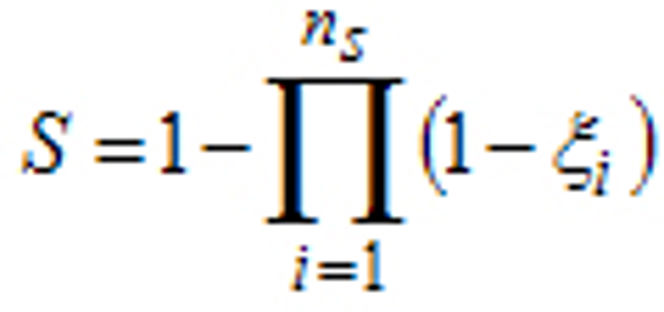
"KS-i" is the i-th of ns susceptibility factors (each defined in the range [0,1]) contributing to the category susceptibility. Such factors are category-dependent and may be defined on the basis of existing literature or by other criteria set by the user.
Tentative models for calculating susceptibility for a number of categories of elements at risk are proposed, i.e., susceptibility of buildings and susceptibility of persons. The quantification of susceptibility of persons includes:
- susceptibility of persons in open spaces and vehicles (considering population density, income, and age)
- susceptibility of persons in structures
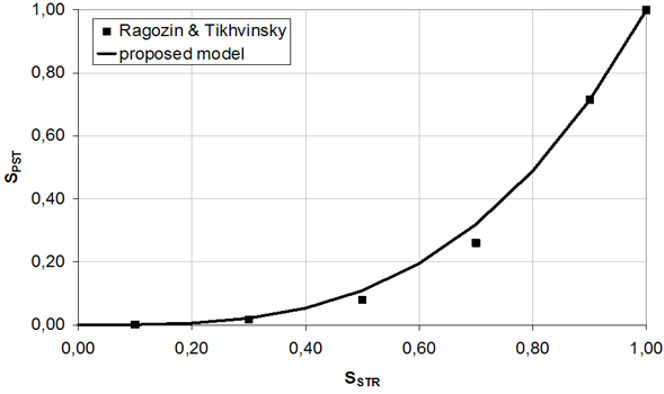
Figure 1 Susceptibility model for persons in structures, (SSTR = susceptibility of structures, SPST = susceptibility for persons in structures)
Landslide intensity
Hungr (1997) concisely and effectively defined landslide intensity as "a set of spatially distributed parameters describing the destructiveness of a landslide." While such a qualitative definition of intensity can be readily accepted, a univocal quantitative definition is currently unavailable.
Landslide intensity has been addressed and defined quantitatively using a variety of parameters. Hungr (1997) reports the use of maximum velocity, total displacement, differential displacement (relative to points adjacent to the point under consideration), depth of the moving mass, depth of deposits after the movement ceases, depth of erosion, unit discharge, kinetic energy per unit area, maximum thrust, impact pressure, maximum normal or shear strain at or below ground surface.
A composite landslide intensity parameter is proposed, accounting for kinetic and kinematic characteristics of the interaction between the sliding mass and the reference area.
Kinetic characteristics are related to the kinetic energy of the sliding mass, i.e., to the damage caused by impact on the vulnerable elements. Kinematic intensity accounts for the effects of size-linked features of a reference landslide. The damage caused by a slow-moving landslide on a building is mainly due to the displacement (i.e. kinematic parameter), while kinetic characteristics could be predominant in a rapid movement.
The user may define any kinetic intensity parameter provided it is defined in the range [0,1] with unit values indicating maximum intensity. Models for kinetic intensity (as a function of landslide velocity) and kinematic intensity (as function of displacements) are proposed.
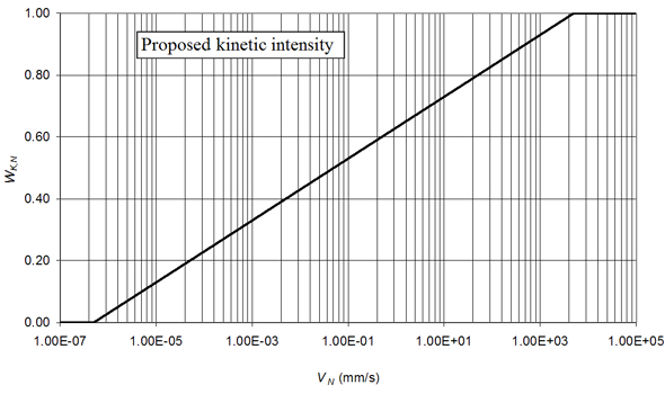
Figure 2 Proposed kinetic intensity function
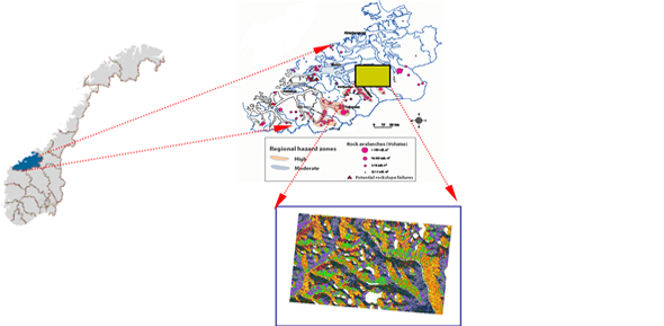
Figure 3 Study region
Here susceptibility expresses the likelihood that a landslide will occur in an area based on the local terrain conditions. The return period or annual probability of occurrence is not considered. The main difference between susceptibility and hazard is, therefore, that the latter thinks of the temporal factor, by estimating the probability of occurrence of the phenomenon within a specified period of time.
Method of study
An empirical approach was used to map and evaluate landslide susceptibility. In this approach, a grid-based Geographic Information System (GIS) was used to construct a landslide hazard map for the east part of Norway's Romsdal region. Five data layers with a 30 × 30 m resolution grid were superimposed to create the landslide susceptibility map. The slope was given the most emphasis, followed by the topological index, the density of vegetation, the density of lineament, and proximity to road networks.
A numerical rating system was applied and each of the five factors was grouped into three categories, and each category was assigned a value between 1 and 3, with 1 being the least susceptible and 3 most susceptible to landslides.

Figure 4 The method of the study
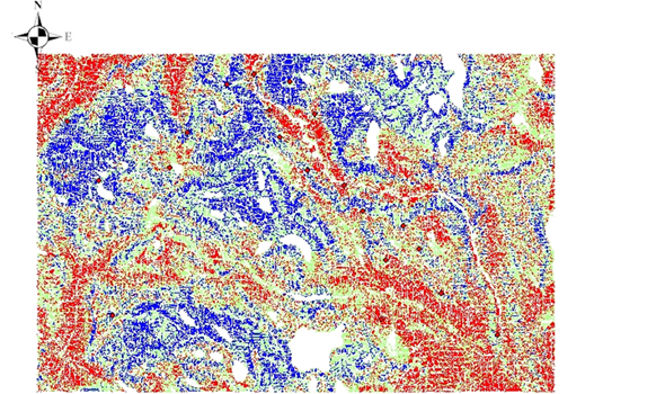
Figure 5 Example of resulting susceptibility map. Previous landslides are with red dots.
The picture above shows a resulting susceptibility map. Comparison with previous landslides shows that most earlier landslides (70% - 95%) are within the high or medium susceptible areas.